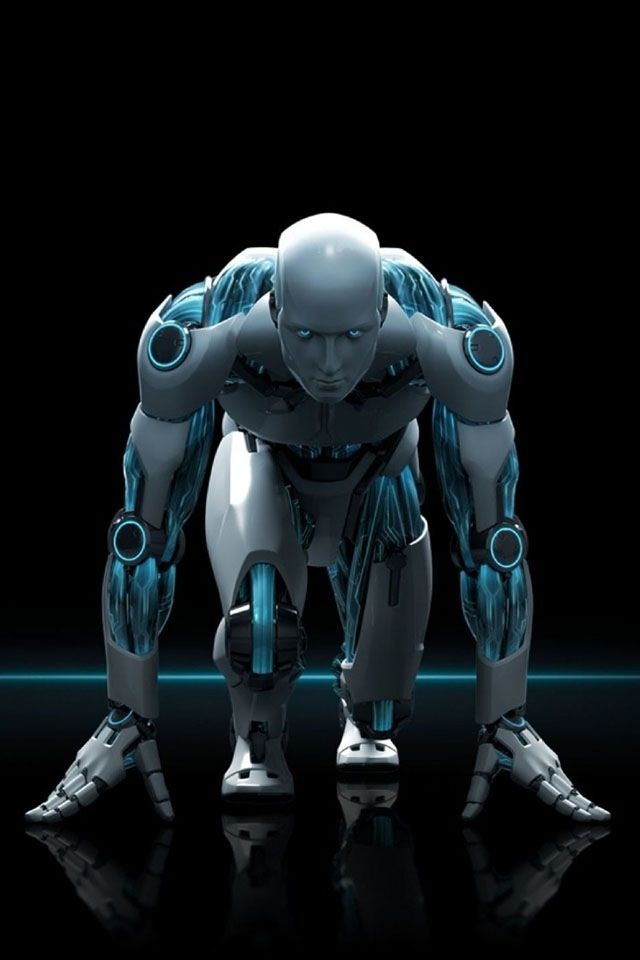
In a groundbreaking fusion of sports and technology, China is set to host the inaugural World Humanoid Robot Sports Games from August 15 to 17, 2025, in Beijing. This unprecedented international event will feature humanoid robots competing in a wide range of athletic disciplines, signaling a bold leap forward in robotics, AI, and the future of competitive sports.
A New Era of Athletic Competition
Unlike previous robotic competitions that focused primarily on technical challenges or simple tasks, the World Humanoid Robot Sports Games will showcase robots with human-like forms performing physical feats in real-world sports settings. Events are expected to include robot soccer, sprinting, gymnastics, basketball, martial arts, and obstacle courses among others.
The goal? To push the boundaries of robotic dexterity, balance, perception, and agility traits traditionally considered exclusive to human athletes. The event aims not only to entertain but also to drive innovation in the fields of robotics engineering, biomechanics, machine learning, and AI-driven motion control**.
Who’s Competing?
The Games will attract leading robotics teams from universities, tech companies, and research institutions around the world. Notable contenders include robotics labs from Japan, South Korea, Germany, and the United States, many of whom have been at the forefront of humanoid development.
Each participating team must field robots that conform to strict guidelines: humanoid form, bipedal locomotion, and autonomous decision-making during events. This creates a level playing field and ensures the challenge lies not in remote control, but in programming true robotic autonomy.
China’s Tech Ambitions on Display
By hosting the World Humanoid Robot Sports Games, China is reinforcing its status as a global tech leader, especially in the rapidly advancing domains of artificial intelligence and robotics. The event is part of a broader national initiative to establish Beijing as a hub for high-tech innovation and future-focused industries.
In addition to the athletic spectacle, the Games will include a Tech Expo and Robotics Summit, bringing together engineers, scientists, investors, and tech enthusiasts to explore the implications of humanoid robotics in areas like healthcare, defense, elder care, disaster response, and education.
The Spectator Experience
Organizers have promised a visually spectacular, immersive experience for attendees and global audiences alike. With advanced sensors, lifelike movements, and real-time AI processing, the robots will perform in front of live crowds, with commentary provided by both human and AI co-hosts.
The event will be broadcast globally, with partnerships already confirmed with major tech platforms and international sports networks. Interactive features—such as live stats from each robot, AI-generated performance analytics, and audience voting on robot design—will bring fans closer to the action than ever before.
What It Means for the Future
The World Humanoid Robot Sports Games is more than just a high-tech novelty; it represents a milestone in the human–machine relationship. As robots become more integrated into everyday life, the Games offer a glimpse into how these machines might collaborate with, assist, or even entertain humanity in the near future.
Dr. Liang Wei, chief organizer and director of China’s National Robotics Research Institute, stated:
> “This event is not just a demonstration of engineering excellence—it’s a celebration of human creativity and the boundless possibilities of artificial intelligence. We are witnessing the dawn of a new form of sport and, perhaps, a new kind of athlete.”
As the countdown begins to August 15, all eyes will turn to Beijing, where the line between science fiction and reality continues to blur. Whether you’re a tech enthusiast, a sports lover, or simply curious about the future, the **World Humanoid Robot Sports Games 2025 promises to be a historic spectacle like no other.
